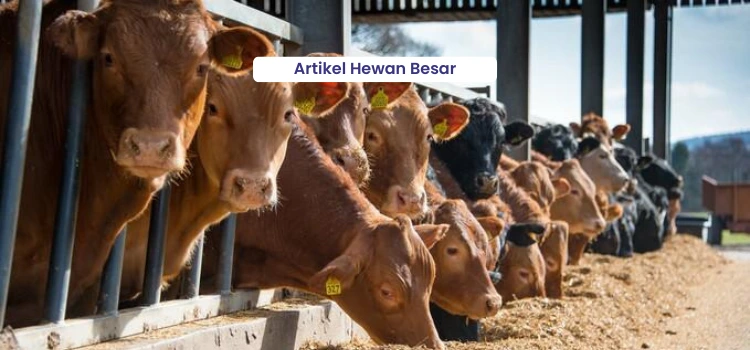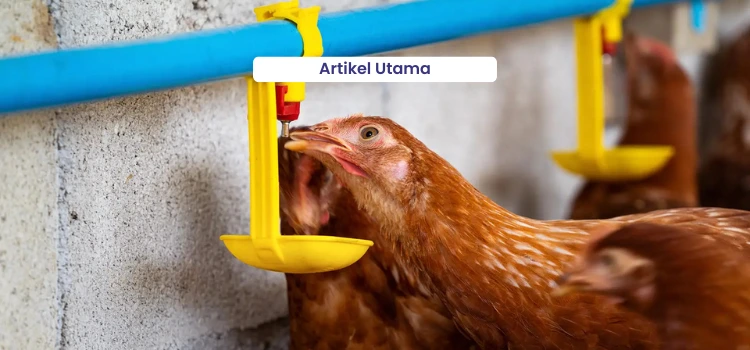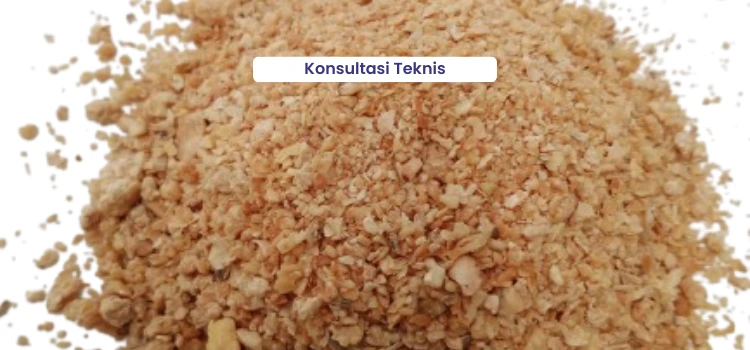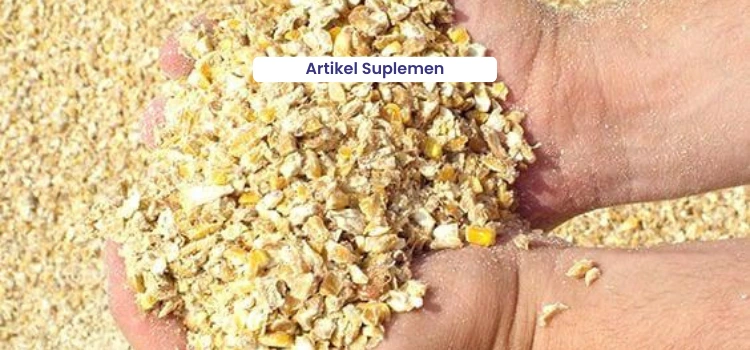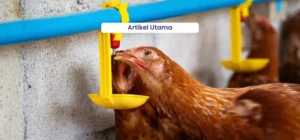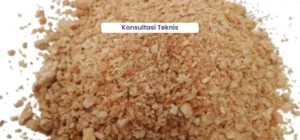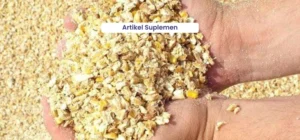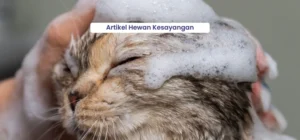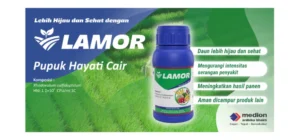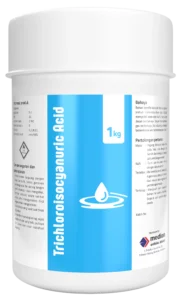In running a beef cattle farming business, success is influenced by several factors: genetics, management, nutrition, and environment. Among these, management plays the most significant role in determining the success of the operation, and feed management is one of its key components.
Beef Cattle Fattening Program
Beef cattle fattening is the practice of raising adult cattle that are initially thin to increase their body weight within a relatively short period (3–5 months). To achieve significant weight gain in a short time, farmers must properly manage feed, ensuring both its quantity and quality are well maintained.
In other countries, beef cattle fattening is carried out using several systems such as pasture fattening (where cattle are grazed on pasture), dry lot fattening (where cattle are confined in pens throughout the rearing period), or a combination of both. In Indonesia, however, the system commonly used is the dry lot fattening system, also known as the intensive system. In this system, beef cattle are kept in pens at all times, making farmers fully responsible for providing the necessary forage and concentrate feed required by the cattle.
Feed for Beef Cattle Fattening
The daily weight gain of cattle raised under the intensive system still varies and largely depends on the feed provided. The main feed components for beef cattle fattening consist of forages and concentrates. Forages can come from high-quality grasses (such as elephant grass and king grass), local or field grasses, and legumes (such as leucaena and gliricidia), as well as agricultural by-products (such as peanut and corn residues). Meanwhile, concentrates are composed of a mixture of various feed ingredients, including rice bran, coconut meal, ground corn, peanut meal, tofu pulp, soy sauce waste, and others.
Each day, beef cattle require feed equivalent to about 3% of their body weight. The feed composition typically consists of 30% forage (on a dry matter basis) and 70% concentrate (on a dry matter basis). However, in practice, some farmers provide forage and concentrate in ratios of 25%:75% or up to 20%:80%. The higher the proportion of concentrate, the greater the energy intake for the cattle. During the fattening program, a higher concentrate proportion is recommended since cattle require more energy for maintenance and rapid body weight gain (particularly for muscle and fat tissue development). The following are feed management practices that can be implemented:
- Perform the chopping process on forage (cutting it into small pieces) before feeding to make it easier for the cattle to consume. Additionally, cattle tend to prefer chopped forage. If the forage is not chopped, the cattle will usually eat only the leafy parts and leave the stems behind.
- Example of a beef cattle feeding schedule:
07:00 a.m.: ¼ portion of forage and ½ portion of concentrate. Give the concentrate first. Once the concentrate is finished, provide the forage.
12:00 p.m.: ½ portion of forage
03:00 p.m.: ½ portion of concentrate
05:00 p.m.: ¼ portion of forage - Provide drinking water ad libitum (without restriction)
- Add the premix Mix Plus Cattle Pro to the cattle concentrate to help increase feed intake and supply essential micronutrients for beef cattle. Also, add molasses, as its sweet taste and pleasant aroma make it highly palatable to cattle.
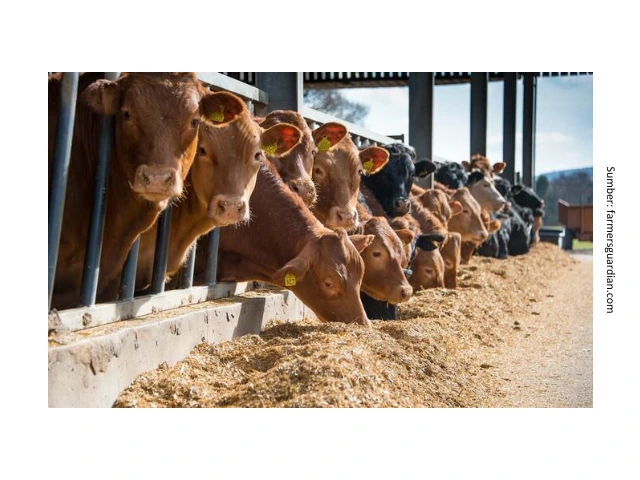
When Cattle Experience a Loss of Appetite
Cases of decreased appetite or low feed intake in beef cattle are quite common. According to Yulianto and Saparinto (2010), several factors can reduce the feed consumption rate in beef cattle, including the following:
1. Maintenance System
There are three types of beef cattle rearing systems: the extensive system (grazing), the intensive system (fully confined in a pen), and the semi-intensive system (grazed during the day and kept in a pen at night) (Hernowo, 2006). The issue of low feed intake often arises when cattle that were previously raised on pastures are moved into confinement for intensive rearing. This occurs because, by nature, cattle prefer forages or grasses found in grazing areas. When raised intensively (in a fattening program) with a combination of forage and concentrate feed, the cattle initially consume only a small amount of concentrate. In other words, their appetite for concentrate feed is low. Therefore, an adaptation period is necessary for the cattle.
2. Feed Quality
The quality of feed, both in terms of physical characteristics and nutritional content, greatly affects feed intake. Physically, cattle prefer fresh and newly provided feed. Cattle are also selective eaters—they tend to choose the feed they like. For example, when grazing, they will consume younger forages first rather than mature ones. Feed intake is also influenced by the physical form of forage provided by farmers. Cattle prefer forages that have been chopped (cut into small pieces) beforehand. If not chopped, they tend to eat only the leaves, leaving the stems behind, which results in reduced forage intake and feed wastage.From a nutritional standpoint, low crude fiber content can also decrease feed intake due to reduced palatability. For instance, excessive concentrate feeding combined with reduced forage intake can lead to constipation (difficulty defecating), which directly lowers the animal’s appetite.
3. Feed Management
Improper feed scheduling or composition (consisting of forage and concentrate) can decrease feed intake. For example, when farmers provide forage before concentrate in the morning, the high fiber content of the forage makes the cattle feel full quickly. As a result, when concentrate is given afterward, its consumption tends to be low.
4. Stress Conditions
When experiencing stress, the animal’s initial response is to focus on increasing the metabolic rate of its body’s energy reserves. As a result, intestinal motility and nutrient absorption slow down, leading to decreased feed intake (Ferket and Gernat, 2006). Stress conditions in beef cattle can be caused by several factors, such as heat stress, poor air quality, sudden changes in feed, relocation to a new pen, or disturbances from human handling (such as vaccination, ear tagging, and other procedures).
5. Disease Factors
Reduced feed intake due to disease outbreaks is also commonly observed in beef cattle farming. When cattle become ill, their immune organs work intensively to produce antibodies. The greater the antibody production, the more energy is required for this process. As a result, cattle appear weak, lethargic, and tend to remain still rather than engage in feeding activity. One of the diseases that can significantly reduce appetite and feed intake in beef cattle is Foot and Mouth Disease (FMD). Another common issue is skin disease caused by ectoparasites. Ectoparasite infestations make cattle restless, unable to stay still, and cause them to rub their bodies against pen structures, which indirectly reduces their feeding activity.
Ensuring Feed Intake Meets the Standard
The following actions can be taken to help restore feed intake in beef cattle to normal levels and ensure it meets the required standards:
- Ensure the physical quality of the feed, especially the concentrate, remains good and fresh. If necessary, stir or turn the concentrate frequently to make it more appealing for the cattle to eat.
- Add supplements such as Mix Plus Cattle Pro and Mineral Feed Supplement S to the cattle concentrate to help increase feed intake and supply essential micronutrients for beef cattle.
- Perform the chopping process on forage before feeding it to the cattle.
- Feed the concentrate first, followed by the forage. Alternatively, mix the concentrate with the chopped forage and provide them together.
- Gradually change the feed. For example, when moving cattle to an intensive housing system, allow an adaptation period by introducing concentrate feed little by little each day mixed with forage.
- Minimalkan faktor stres dengan membuat kandang yang teduh dan sirkulasi udaranya lancar. Atur kepadatan sapi dalam kandang serta sediakan tempat/wadah makan dan minum sesuai jumlah sapi yang dipelihara.
- At the beginning of the fattening period, administer a dewormer such as Wormzol-B / Wormzol Suspension / Wormectin Liquid. Repeat the treatment after three months.
- Provide multivitamins such as Injekvit B-Plex or Vita B-Plex Bolus Extra Flavor to boost appetite and maintain the cattle’s immune system. Vitamin B helps enhance metabolic processes, allowing the body to utilize nutrients more efficiently. Good nutrient absorption triggers hunger more quickly, thereby improving feed intake. Additionally, administering Digesfit can also help increase appetite, improve digestion, and address digestive disorders in cattle.
- To enhance palatability and appetite in beef cattle, as well as to improve metabolism and nutrient absorption, provide a vitamin supplement such as ADE-Plex Inj. ADE-Plex Inj can be administered not only to adult cattle but is also highly beneficial for young beef cattle.

